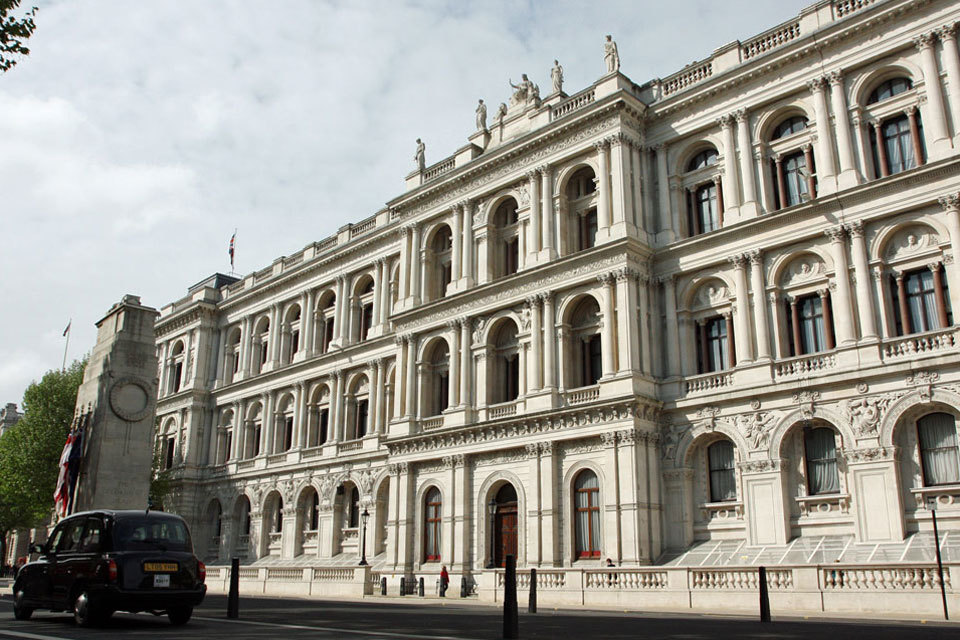What's On
DVLA is reminding motorists how they can keep themselves safe…
Going Out
We all love a deal. Living in a city as…
Reviews
Pub giant JD Wetherspoon has announced that he intends to…
Latest Articles
Thank you, Mister Chair. It is now a full 22 days since Ukraine expressed its readiness to accept…
The SFO today published its plan for the year ahead focusing on using new tools, enhancing its intelligence…
UK Government launches next stage in process asking UK businesses to comment on options to shape UK’s potential…
Almost £14 billion of R&D funding allocated to bolster life sciences, green energy, space and beyond to improve…
Thank you Chair. I would like to update the Council on the Organised Immigration Crime Summit convened by…
Oli de Botton has been appointed as the Prime Minister’s Expert Adviser on Education and Skills.
I will make three points today. First, the United Kingdom urges support for democracy, constitutional order and the…
The government will introduce new fees for emergency travel documents and emergency passports from 9 April 2025.
In Spotlight
First trailblazer programme to tackle inactivity and boost employment launches…



































